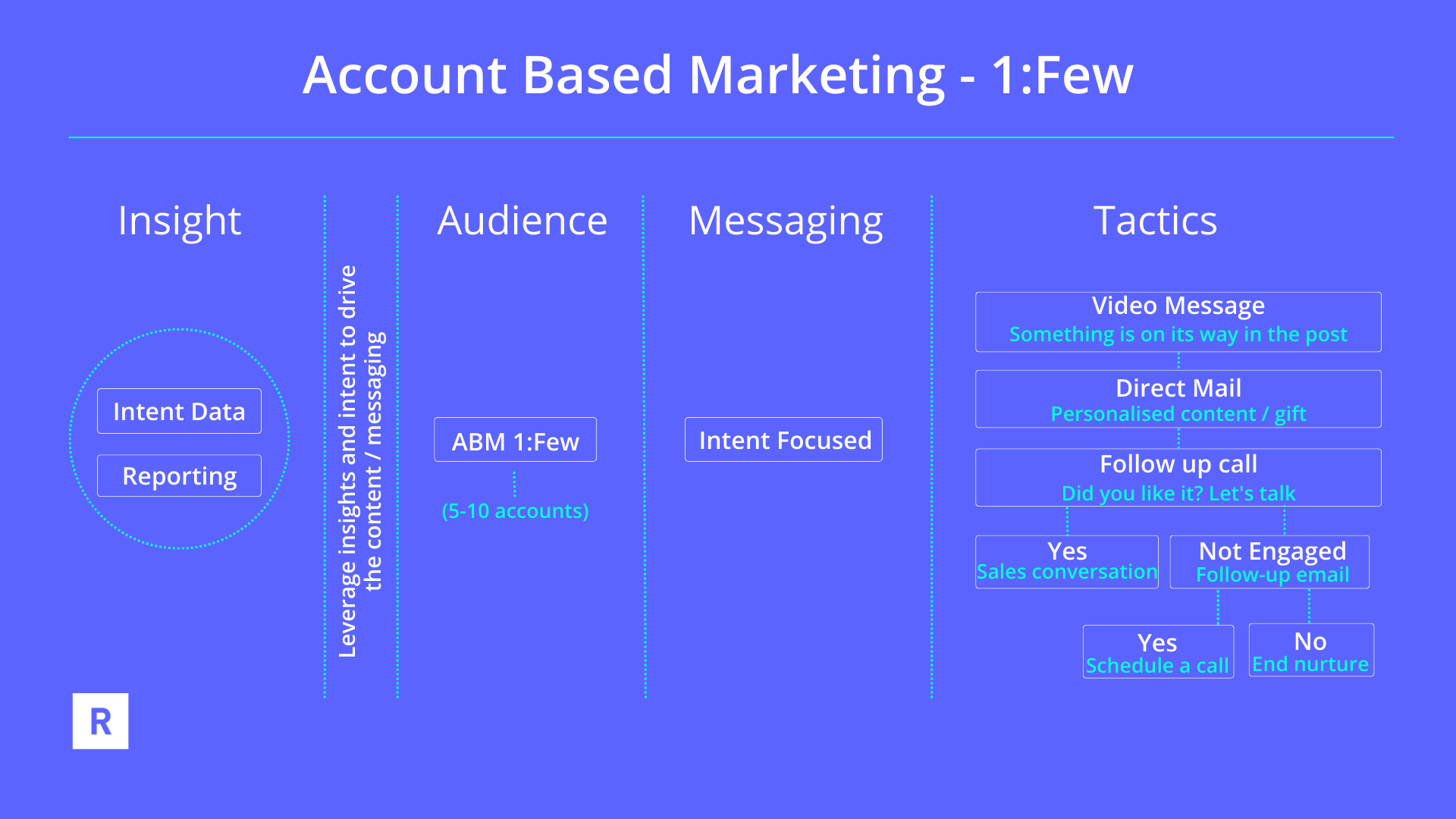Tracking the pulse of audience engagement
True change starts from within, and that also applies to intent data. Your first step in this journey should be to analyse the data you already have and collect daily through website analytics, paid campaign analytics and social engagement. For example, attending a webinar or filling in a form related to a specific topic is a key indicator of intent towards that topic. By maintaining a regular analysis of first-party intent data you can discover new market segments, retarget contacts and accounts, and identify specific areas of focus.
Another step you might want to consider is second-party intent data. This data is sourced from other organisation’s first-party intent data, tracking engagement with products and vendors, and other activities that sit in a lower part of the marketing funnel. Even though this type of intent data gives you access to a very strong prediction of purchase intent, it will leave out any contacts and accounts that have just started their buyer’s journey.
Contrary to that, third-party intent data will not give you any indication of buying intent. Instead, it will enable you to track the keywords and topics associated with the content the audience consumes online. For example, if a contact is reading an online article, posting on social media, or downloading a whitepaper, the intent data tools will be able to track the keywords associated with those actions. The contact-level data is combined, creating a clear, overall picture of the account (or company) interests. Besides knowing the keywords and topics associated with the content an account is consuming online, it’s also important to analyse the growth in intent and how that account scores, when compared with peer companies.
Having the knowledge provided by intent data will enable you to build a strategy where all the marketing and sales efforts are completely focused on the audience interests, ensuring there is a higher probability of engagement. By using these three types of intent data you’ll target your audience in different parts of the funnel, in a more meaningful way.





